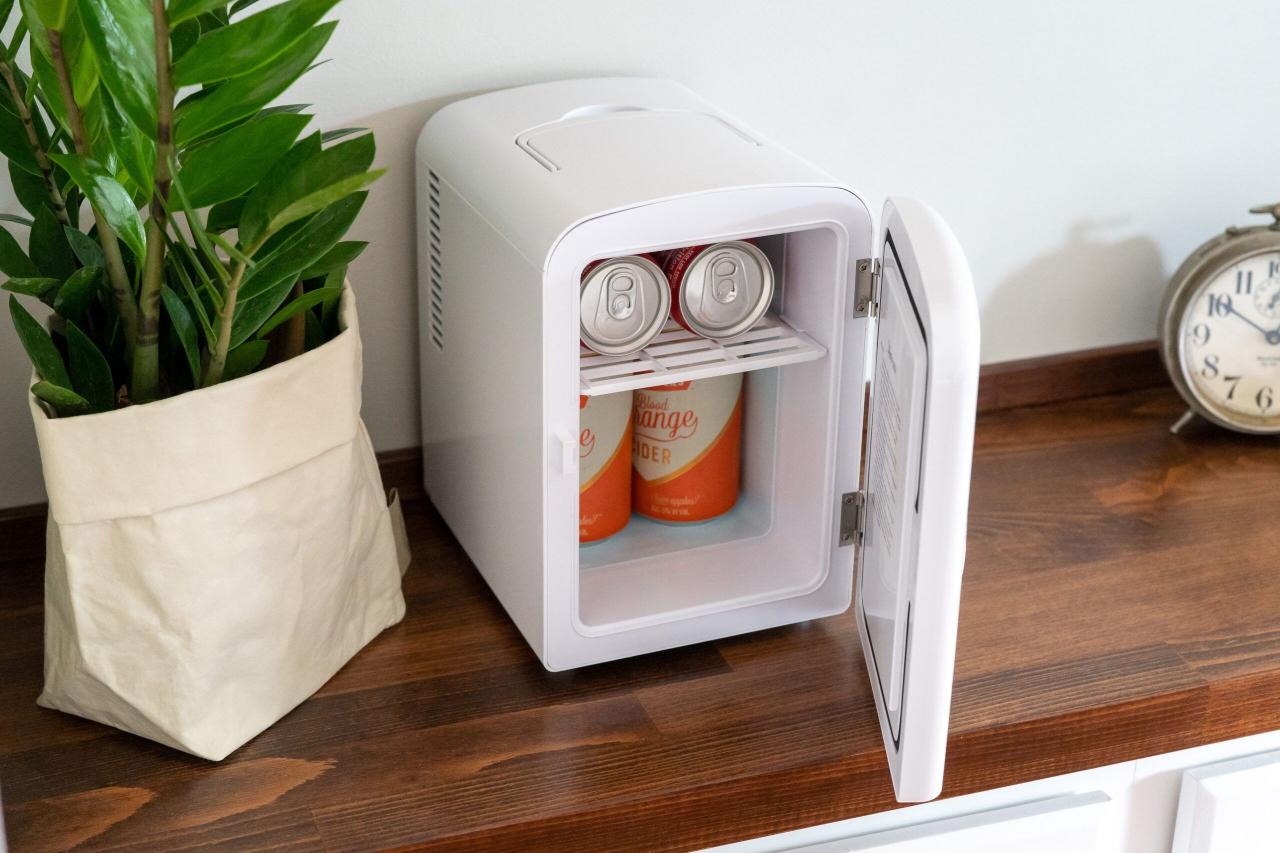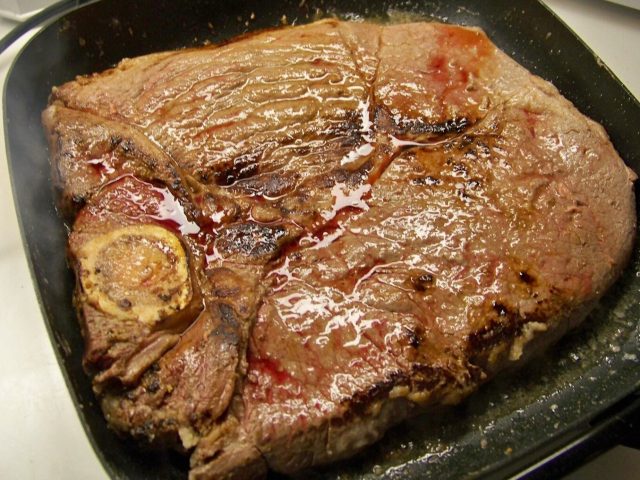Despite their compact and convenient design, mini fridges function on the same principles as standard refrigerators, involving the release of heat during their cooling process.
This prompts a crucial inquiry: Do mini fridges emit heat? In the following article, Cook Eat Delicious delves into the mechanics behind the operation of mini fridges, elucidating why they generate heat and examining the implications of this heat emission on the placement and functioning of the appliance.
Learn How Mini Refrigerators Work
Though smaller in size and convenient, mini fridges function based on the same fundamental principles as their larger counterparts. This involves a heat exchange process that can result in the release of heat into the surrounding environment.

The Refrigeration Cycle of a Mini Fridge
The functionality of a mini fridge relies on a refrigerant—a substance with the ability to absorb and release heat—to cool the interior. The refrigerant absorbs heat from within the fridge, leading to its evaporation.
Subsequently, the gaseous refrigerant travels to the compressor, undergoing pressurization and heating. It then proceeds to the condenser coils located at the back of the fridge, where it releases the previously absorbed heat and transitions back to a liquid state. This cyclical process is repeated to maintain the cool temperature within the fridge.
Heat Release in Mini Fridges
The heat absorbed by the refrigerant from the interior of the fridge doesn’t simply vanish—it finds its way to the back of the fridge, where it is released. This phenomenon is why the area around a fridge can exhibit warmth or even heat, particularly when the appliance is operating diligently, especially in a warmer environment.
As the refrigerant completes its cycle, moving from the evaporator inside the fridge to the compressor, and then to the condenser coils at the back, it undergoes changes in pressure and temperature. The release of heat occurs during this process, primarily at the condenser coils. Consequently, the back of the fridge becomes a point of heat dissipation.
This heat emission is a natural outcome of the refrigeration process and is more noticeable when the fridge is working hard, such as during warmer ambient temperatures. So, the warmth you sense around the fridge is a tangible indication of the cooling mechanism at work, efficiently transferring heat from the interior to the exterior of the appliance.

Do mini fridges give off heat?
The fact that mini fridges emit heat can have various implications, affecting both the placement of the fridge and its impact on the temperature of the surrounding room.
Considerations for Mini Fridge Placement
Due to the heat release, it’s crucial to provide ample space around a mini fridge for effective heat dissipation. Placing the mini fridge in a confined space or against a wall can result in heat buildup, causing the appliance to work harder. This increased workload not only elevates energy consumption but also poses the risk of potential damage to the fridge over time.
Impact on Room Temperature
The heat released by a mini fridge can influence the temperature of a small room, particularly if the space lacks proper ventilation. This effect may be more noticeable in compact areas such as dorm rooms or small offices, especially during warmer months. The cumulative impact of multiple mini fridges in a shared space could contribute to a perceptible rise in room temperature.While it’s inherent for mini fridges to emit heat during their normal operation, managing this heat release is essential through careful placement and ensuring proper ventilation. Understanding the operational dynamics of your mini fridge not only helps optimize its efficiency but also contributes to maintaining a comfortable and safe environment in your living or working space.







